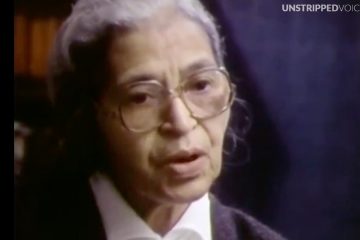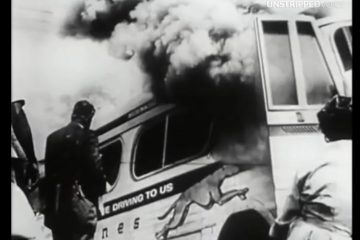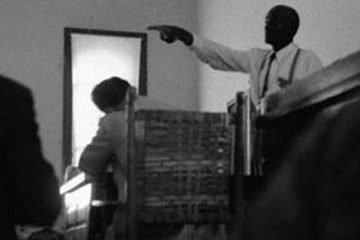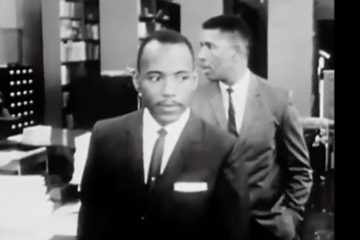How Civil Disobedience Helps Overcome Oppression: Part 1
“From Plessy to Brown”
Waayyyy back in 1892, Homer Plessy (who was 7/8 white and 1/8 black) decided to challenge Louisiana’s “Separate Car Act” by riding a train car only for white passengers. No one recognized that he was part-Black, so he deliberately told the conductor his race.
After getting charged for violating the act, his team took the case to the U.S. Supreme Court, assuming the 14th amendment (which gave former slaves equal protection) would be on his side. It wasn’t, and the historic 1896 Plessy v Ferguson decision ushered in a new era — Jim Crow: Separate but “equal”.
Over the next 60 years, Black lawyers in the NAACP used cases to bring light the horrible effects of segregation — especially in Black schools. Charles Hamilton Houston was one of the leaders in this charge.
At the same time, Black people were seeing themselves in a different light (especially after World War II) and were tired of the “status quo” way of life.
Finally, the historic 1954 Brown vs Board decision finally said segregation was unconstitutional and basically implied the 1896 Plessy v Ferguson ruling was illegal.
The fight for equal treatment was fought in the courts, and the U.S. Supreme Court was finally on Black folks’ side, giving Black people sense that justice was on their side.
Racism ended, right?
If only it were that easy.
View Part 2 here.
**About this series:
We’re showing a multi-part series on how CIVIL DISOBEDIENCE has been the main catalyst that has overcome oppression in the U.S.
Throughout history, most of the major “civil disturbances” in America have stemmed from Black people peacefully fighting for equal rights, only for their oppressor to resist change (and power). This causes a disturbance that forces the oppressors to finally enforce laws to move the country forward.
We’re showing this because we still have some MAJOR work do. Yes, slavery and segregation are legally over, but there’s still Police Brutality and the root cause of all oppression — the “keep-away of monetary wealth” — to overcome. Reparations are the main solution to this.
However, there’s been major resistance to addressing police brutality and solving the wealth gap issue. Major legislation doesn’t get passed and enforced without PRESSURE from the oppressed.
History has shown this time-and-time again.
Many of the clips in this series are originally from 1986’s “Eyes on the Prize”, which highlights the Civil Rights Movement of the 1950s and 60s. This movement allowed us to eat at lunch counters, mingle together, and more without any laws being broken. The movement became effective solely because of non-violent civil disobedience!
It’s easy to see this now, but America has been segregated much longer than integrated. There’s still much work that needs to be done if we’re going to have true “equity” in our land.
Just look at what happened during the George Floyd uprisings of 2020. Sure, riots were there, but the majority of the Black Lives Matter protests were peaceful. As a result, new laws were introduced, and the way America “viewed” Black people started to change.
In all, Civil disobedience has been the catalyst for real change, and this video series reminds us how effective it can be.
View Part 2 here.













